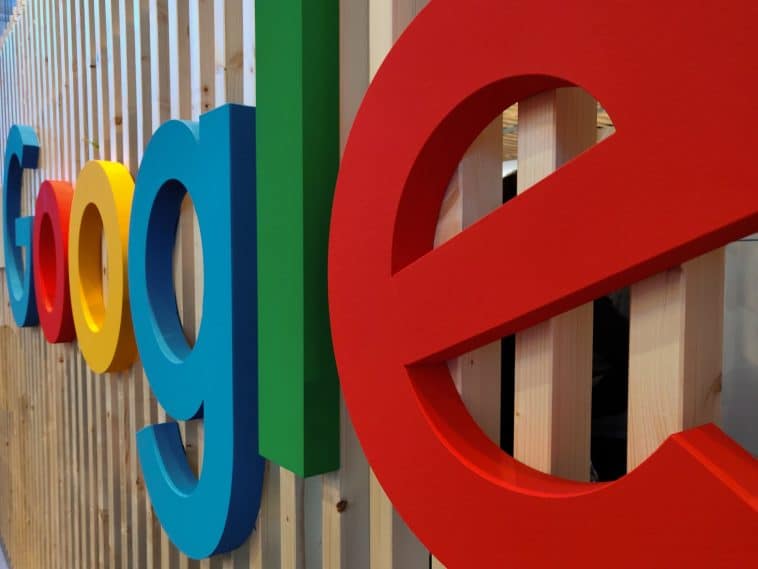Google said on Tuesday that it will be expanding safeguards to prevent age-sensitive ad categories from being shown to teens, and will block ad targeting based on the age, gender, or interests of people under 18.
Google, which did not give an exact date, stated that it will start making these ad targeting updates available to its products worldwide in the ‘coming months’.
In June, Google sent an update to Google Play developers saying that, as part of Google Play services update, it will remove advertising ID when a user opts out of ad personalization, starting late 2021.
Google also announced today that it will turn off the “Location History” feature, that tracks location data, for users under the age of 18 worldwide, without the option to turn it on.
In July, the company also revealed details for the upcoming ‘Safety Section’ for apps on Google Play, that will allow Android users see what sort of personal data an app collects and shares, plus give access to additional details that impact privacy and security.
As part of several changes regarding teen users, in a blog post, the company is introducing a new policy for all under 18s and their parents or guardians to request that images of teens be removed from Google Image search results.
“Of course, removing an image from Search doesn’t remove it from the web, but we believe this change will help give young people more control of their images online.” Google said.
On YouTube, Google says it will start “gradually” adjusting its default upload setting to the most private option for users ages 13 to 17, which will limit the visibility of videos only to users themselves and whomever they choose.
If the user would like to make their content public, they will be able to change the setting back to the default setting. The company states that later on, YouTube will provide reminders indicating who can see their videos. YouTube said the changes will only apply to new uploads so it won’t retroactively set existing videos to private.
YouTube also announced that it will turn on “take a break” and bedtime reminders and turn autoplay off by default for all users ages 13 to 17. Again, if a user decides these aren’t the right digital well-being features for them, they can change their default settings.
As part of its new safety and digital wellbeing options for younger users on YouTube Kids, Google will also begin to remove overly commercial content from YouTube Kids in the coming weeks, such as a video that only focuses on product packaging or directly encourages children to spend money.







One Ping
Pingback:TikTok introduces new privacy changes for teens ages 13-17